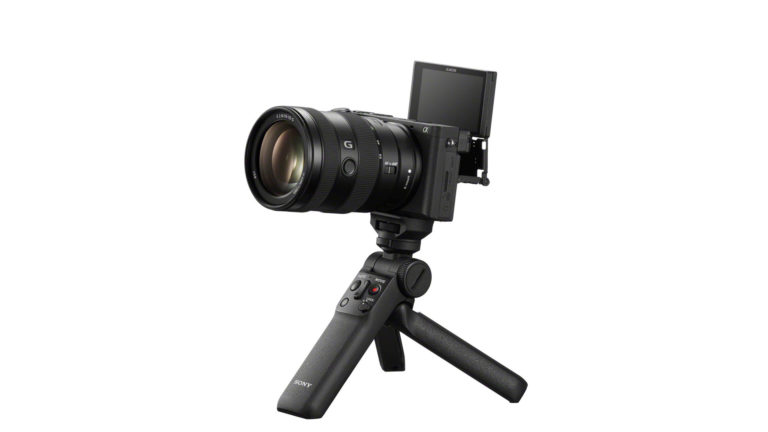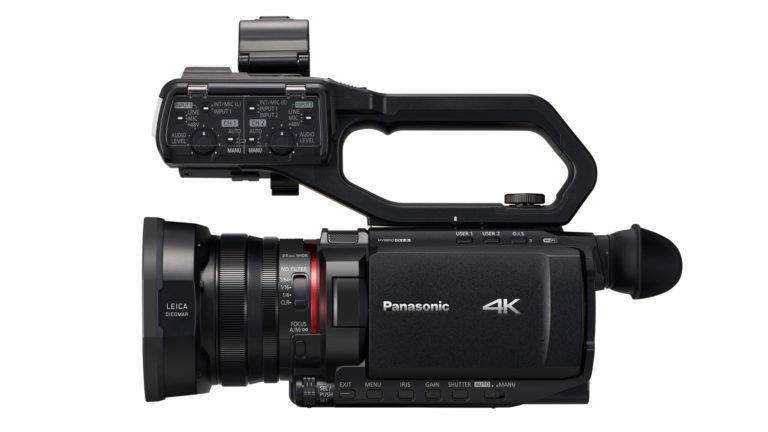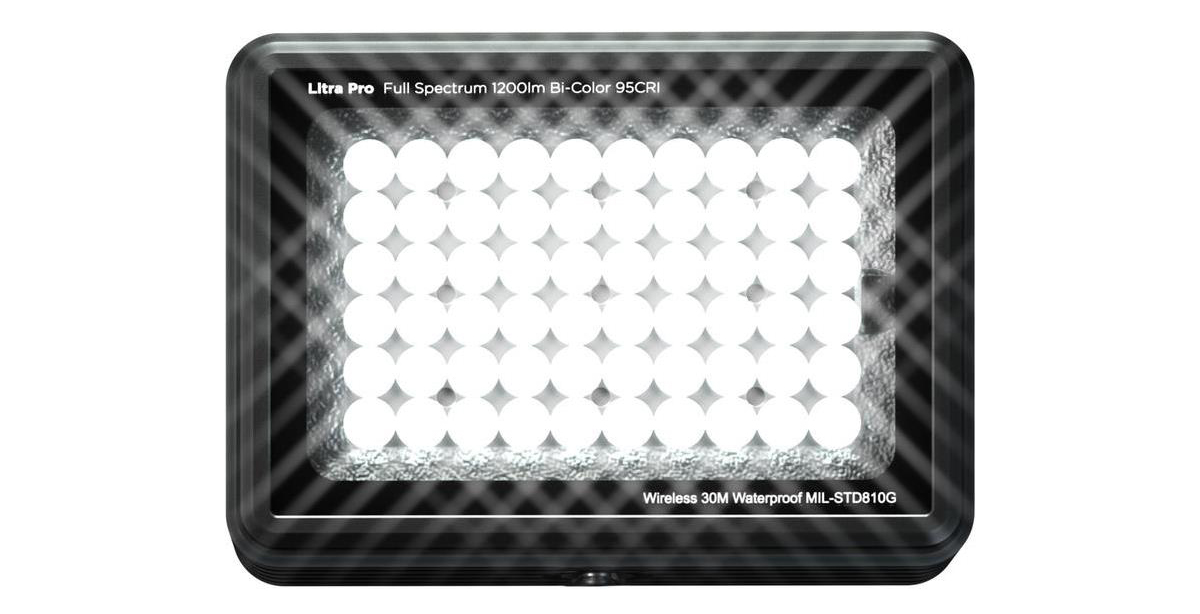Capturing the moment is job one for television sports, but capturing an audience has become a matter of life and death for sports programming. With more viewing options on cable, pay per view, and the Internet, the major networks are fighting to keep every viewer they can hold onto. For Emmy-award winning producer and DP Steve Cohen, owner of New York -based Manhattan Place Entertainment, this means one thing- no matter what sport you shoot, you have to make it look like film.
Over the past 17 years, Cohen has built up a niche market for Manhattan Place by creating teasers and promos for sports networks: video spots that have a film look. "Early on we would use nets, adjust shutter rates, and other tricks," said Cohen. "By working hard at it we developed techniques to make ugly interlaced video look more like film. It was perfect for what [sports broadcasters] were doing. Sports is very high energy, and they just couldn’t get enough of it."
While Cohen had always relied on a horde of Sony cameras ("at one point I owned 13 of them," he notes) to cover the NASCAR races for Fox, he decided to use the project to put the SDX900 to the test. "We had heard the word of mouth about the camera, which could do 24 frames in standard definition," said Cohen. "When we looked at the camera, we were absolutely blown away."
Finding the Perfect Pre-sets
To create a new series of NASCAR promos for Fox, Cohen left his DigiBeta gear at home and relied on the SDX900, supplied by New York City’s Abel Cine Tech. "The Gamma settings on the SDX allow us to sculpt the perfect film look," he says. "We worked with Able Cine’s technicians to engineer our different set-ups, from high-contrast shots to special indoor or outdoor settings."
While Cohen has used paintboxes to achieve specific looks for DigiBeta footage, he said that the SDX900 has enough built-in control and latitude to get the same effects in camera. He’s configured his SDX900 for instant access to his three favorite set-ups: black stretch, super black, and super gain. "If I want to crush black levels, I go to super black, while if I need to see more in dark areas, I hit black stretch," said Cohen. "With the digital super gain I can get something like 60 dB of increase, which can provide some really interesting images."
For a Fox opener for Howie Long’s Tough Guys featuring a kids’ football game, the producer wanted low shots to make the kids look like giants. Unfortunately, the sky was bleak and covered with clouds. "Normally you’d open [the shutter] for their face, and then the sky will blow out," said Cohen. "Yet when I looked at the footage back in the camera, I saw detail in the clouds. [The SDX900] actually does see and hold more of the signal than any camera I have ever used."
Total Control
Even as a devoted Sony camera fan, Cohen notes that his conversion to the SDX900 was pain-free. "Most of the controls are similar to where you’d find them on a Sony camera," said Cohen, "but there are more features to help you craft your image." Cohen says that the SDX900’s three user buttons are a major boon for run-and-gun shooting. "What’s nice is that it gives you instant access to your set-ups by using the user buttons," said Cohen. According to Cohen, even the white balance has finesse. "The SDX 900 doesn’t cut between white balances- it dissolves," said Cohen. "I was able to smoothly move from outside on the field to inside a locker room with tungsten-based lighting."
One feature that has become a favorite with Cohen’s clients at Fox is the Intervelometer on the SDX900. Normally Cohen would use a Bolex 16mm camera to do time lapse footage- stadiums filling up, clouds passing overhead, and so on. "If we shot on film, it would take a day to turn it around to the network," said Cohen. "Now, with the SDX900, we can do a time lapse and run it out to the production truck as soon as it has been shot."
Post Predicament
As with all great love stories, Cohen’s relationship with the SDX900 has one major challenge that requires constant work. This doesn’t occur during production, where Cohen says the SDX900 performs like a dream. But post-production becomes problematic because few network facilities have decks to play back DVCPRO 50 tapes.
To solve this, Cohen digitally clones the tapes as part of his post workflow. He runs video from his Panasonic AJ-SD93 deck to DigiBeta via SDI. "Everyone has a DigiBeta deck, so this was the best solution to this problem." While compatibility is still an issue for Cohen, he says studios are slowly starting to adopt the DVCPRO 50 format.
The only other complaint about the SDX900 has come from his audio techs. According to Cohen, when you monitor the audio, you hear a slight echo during recording, which his techs find distracting. "We talked to Panasonic and they said that was just the way it was," said Cohen. "Hopefully this will be fixed in later generations."
But those problems are minor, Cohen said, compared to the excitement of using the SDX900 for in-camera film looks. " Fox is moving toward HD, and by then we’ll be ready with the integration of Panasonic’s VariCam into Manhattan Place Productions," he says. "In the meantime, we’ll have plenty of work to do with the SDX900."
STEVE COHEN’s AG-SDX900 KIT
- Panasonic AG-SDX900
- Fujinon 15×8 SD broadcast zoom
- Two-inch high-res 16×9/4×3 switchable viewfinder
- Four Hytron 100 14.4V batteries/Dionic 90
- Lightweight support rods w/extensions
- Mic kit w/unidirectional mic and holder











Leave a Reply